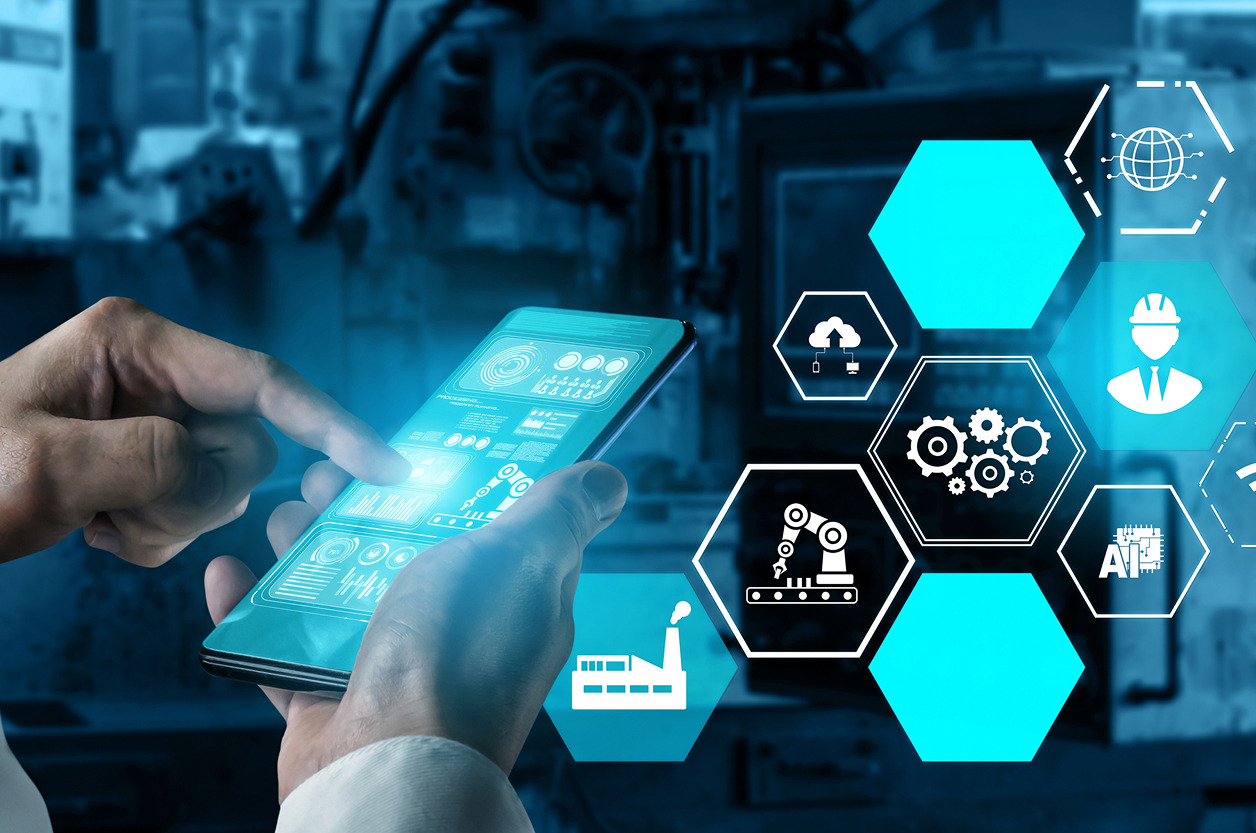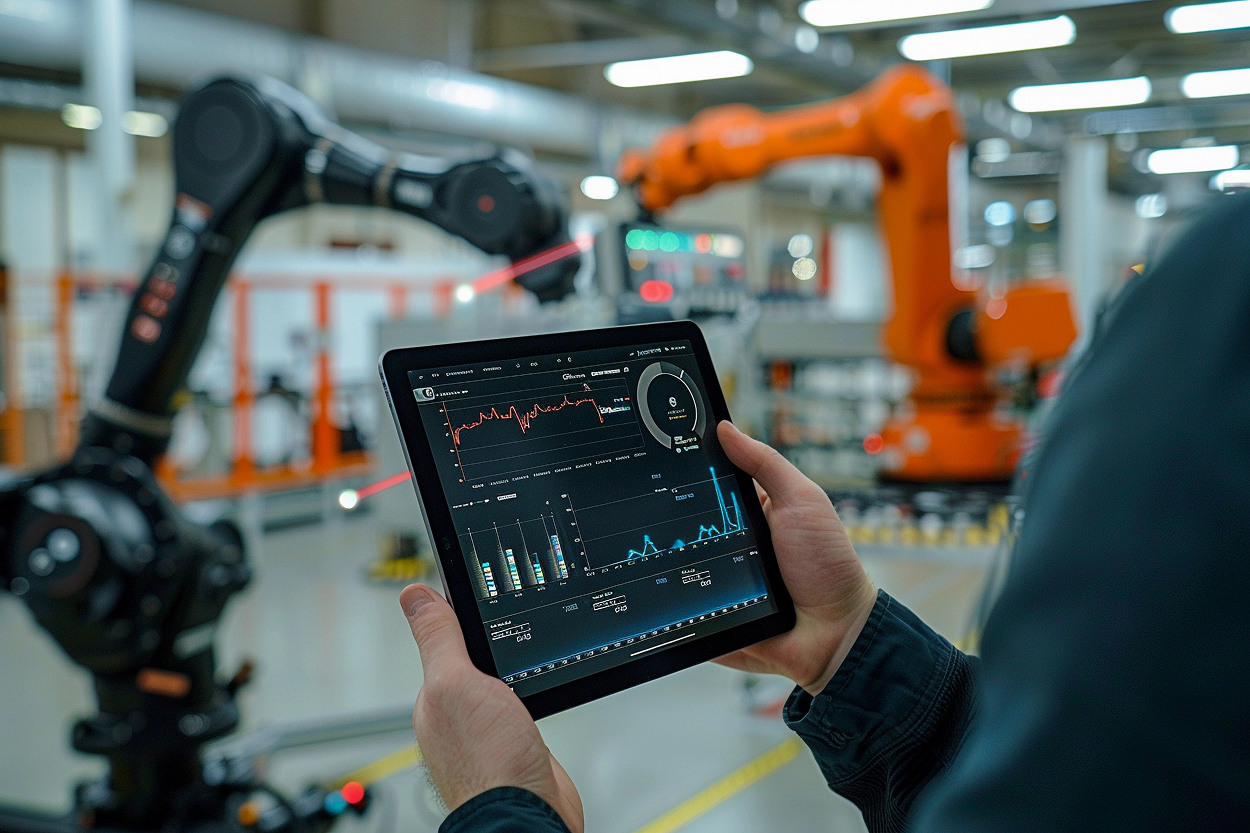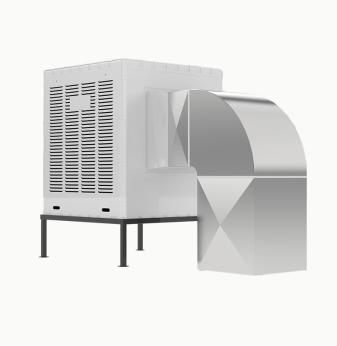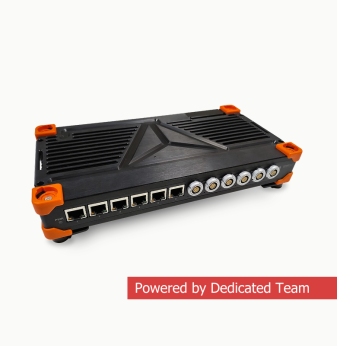AI + IoT in Industrial Automation: Key Integration Challenges and Engineering Solutions

The convergence of Artificial Intelligence (AI) and the Internet of Things (IoT) is transforming industrial automation. By bringing together sensor-rich devices and intelligent analytics, manufacturers can move toward smarter, more autonomous systems that respond in real time to dynamic conditions. However, integrating AI with IoT in industrial environments is not a plug-and-play task.
In this article, we explore the most pressing engineering challenges and proven solutions in merging AI and IoT for industrial use cases. We also offer insights for system architects, embedded engineers, and CTOs planning to future-proof their operations.
Why AI + IoT Is the Next Frontier in Industrial Automation
AI enables predictive maintenance, quality control, and decision-making. IoT brings data from physical assets into the digital realm. Together, they support applications like:
- Real-time asset monitoring
- Predictive maintenance using anomaly detection
- Process optimization based on machine learning models
- Computer vision for quality assurance
- Autonomous mobile robots in warehouses
These capabilities reduce downtime, improve energy efficiency, and increase production flexibility.
Engineering Challenges in AI-IoT Integration
1. Data Quality and Volume
Industrial environments generate massive volumes of sensor data. But raw data is often noisy, incomplete, or irrelevant for AI models. Engineers must implement preprocessing pipelines at the edge to filter and standardize input.
2. Real-Time Inference at the Edge
Running AI models in real time on embedded devices (edge AI) requires optimization:
- Quantization and pruning of neural networks
- Use of AI accelerators (e.g., NVIDIA Jetson, Coral TPU)
- Firmware-level optimizations for latency
3. Connectivity and Protocol Interoperability
IoT devices use diverse protocols: MQTT, OPC UA, Modbus, CAN, etc. Bridging these standards is a challenge for seamless AI integration. Middleware solutions and protocol converters are often required.
4. Power and Thermal Constraints
Edge AI workloads consume power and generate heat. Designers must balance performance with thermal budgets, especially in environments with limited ventilation or power sources.
5. Security and Firmware Integrity
Combining AI and IoT increases the attack surface. Common concerns include:
- Secure boot and firmware validation
- Secure communication between nodes
- Over-the-air (OTA) updates with rollback mechanisms
6. Model Lifecycle Management
AI models evolve over time. Industrial systems must support:
- Remote deployment of updated models
- Version control and rollback
- Validation and verification for mission-critical applications
Proven Engineering Solutions
Hardware Design for Edge AI
- Use of SoCs with built-in NPUs or GPUs for local AI inference
- Integration of secure elements (TPMs, HSMs) for cryptographic operations
- Modular hardware design for scalability and maintainability
Embedded Software and Middleware
- Lightweight frameworks like TensorFlow Lite and ONNX Runtime
- RTOS or Linux-based systems with real-time capabilities
- Middleware for data aggregation and protocol translation
Data Pipeline Engineering
- Edge preprocessing: filtering, normalization, outlier detection
- Feature extraction at the edge to reduce data payloads
- Event-driven architectures to minimize latency
Security Best Practices
- Mutual authentication between devices and cloud
- Secure OTA pipelines using TLS and code signing
- Monitoring firmware integrity using watchdogs and hash checks

Real-World Applications and Use Cases
Smart Manufacturing
- AI-powered visual inspection systems
- Predictive maintenance of CNC machines
- Energy optimization through pattern detection
Warehouse and Logistics
- AI-based route optimization for AGVs
- Load balancing using demand forecasting
- Worker safety using wearable IoT devices with AI anomaly detection
Oil & Gas
- Leak detection using sensor fusion and AI
- Predictive failure analytics in pumps and compressors
- Automated compliance reporting
Food Processing
- Spoilage prediction using environmental data and ML
- Automated sorting of produce based on computer vision
- Predictive equipment cleaning schedules
Long-Tail Keywords & Questions
What are the challenges of integrating AI and IoT in industrial automation?
High data volume, real-time inference, protocol diversity, power constraints, and model lifecycle management are key issues.
How do you run AI at the edge in industrial systems?
By optimizing AI models for low power, using NPUs or AI accelerators, and deploying on embedded Linux or RTOS platforms.
What protocols are used in industrial IoT systems?
MQTT, OPC UA, Modbus, CAN, EtherCAT, and proprietary protocols, often bridged via middleware.
How can firmware be secured in AIoT systems?
With secure boot, encrypted OTA updates, mutual authentication, and integrity verification mechanisms.
What is the role of FPGAs in AI and IoT integration?
FPGAs enable real-time preprocessing, hardware acceleration of AI models, and protocol bridging in industrial contexts.
Conclusion
Integrating AI and IoT in industrial automation opens new possibilities for real-time intelligence and operational efficiency. But it also brings unique technical challenges in edge computing, embedded design, and systems integration. By following best practices in hardware, software, and security design, manufacturers can build resilient and scalable AIoT solutions for the next generation of smart factories.
Want to explore how your industrial systems can benefit from AI and IoT integration? Contact Promwad to start your next innovation journey.
Our Case Studies








